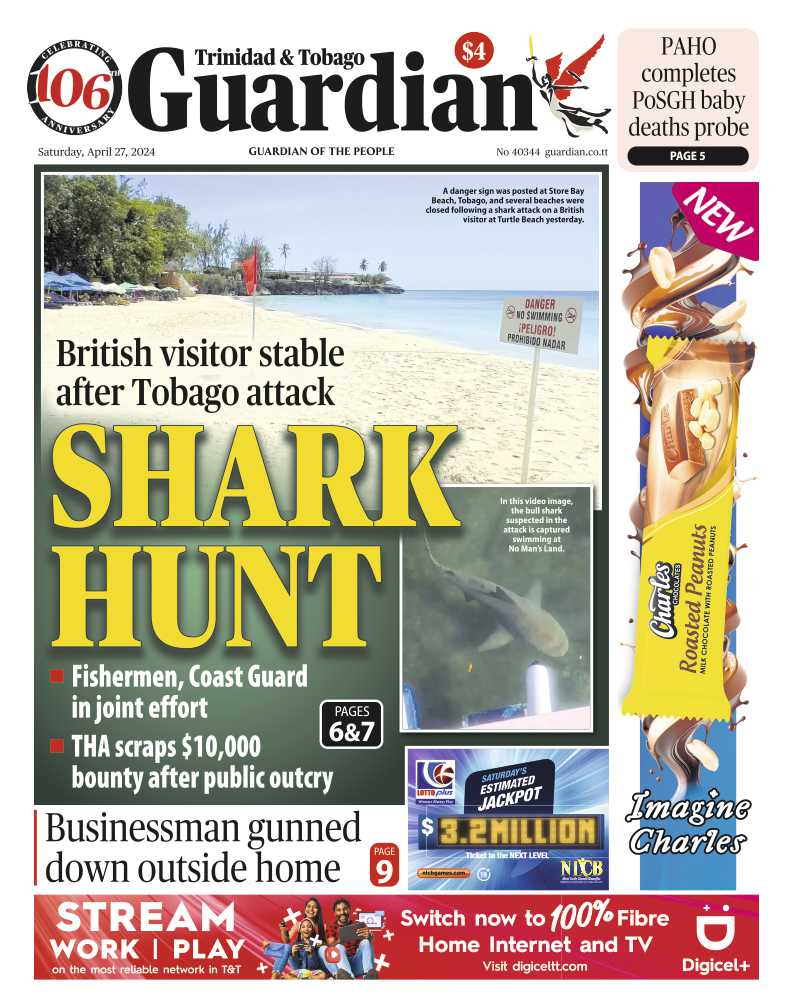Radhica De Silva
Senior Reporter
radhicasookraj@gmail.com
Health inspectors and local government officials are preparing to roll out intensified spraying efforts after the Ministry of Health identified a cluster of malaria cases in South Trinidad. Malaria, a mosquito-borne disease caused by the Plasmodium parasite, is transmitted through the bite of infected female Anopheles mosquitoes. While malaria is not endemic to T&T, the ministry said cases are typically imported or introduced, with 153 recorded between 2015 and 2024, averaging 15 per year.
But speaking to Guardian Media, Siparia Mayor Doodnath Mayrhoo said he would arrange for an emergency meeting today to discuss the issue. He called on the Ministry of Health to reveal more details.
And chairman of the Penal/Debe Regional Corporation Gowtam Maharaj said he would arrange to spray all low-lying areas such as Woodland, Barrackpore, and Rock Road.
In a statement on Wednesday, the ministry confirmed five cases as of April 2, 2025, including the primary source.
The statement said, “As of today, April 2, 2025, five cases have been confirmed, including the primary source, which brings the total number of cases for 2025 to five, as there were no other confirmed cases for 2025.”
Guardian Media sought to get more details, but when contacted about the location of the cluster, Minister Terrence Deyalsingh said, “I don’t know.”
In the statement, the ministry said the cases had been identified within a well-defined geographic area.
In response, the Insect Vector Control Division has undertaken several measures since detecting the first case on March 27, 2025.
“The homes of all identified cases, as well as those in at least a one-mile radius, were sprayed via truck-mounted Ultra Low Volume (ULV) to immediately kill the adult mosquitoes,” said the statement.
“Hand-held thermal fogging was conducted around the homes (this is conducted in areas where ULV was not possible). Internal residual spraying (IRS) with a longer-lasting insecticide effect was conducted within homes (the effect of which lasts approximately three months). Perifocal inspection of homes was also conducted to identify potential breeding sites of the Anopheles species of mosquitoes.”
Public health screening protocols, including contact tracing, have been carried out, the ministry added.

